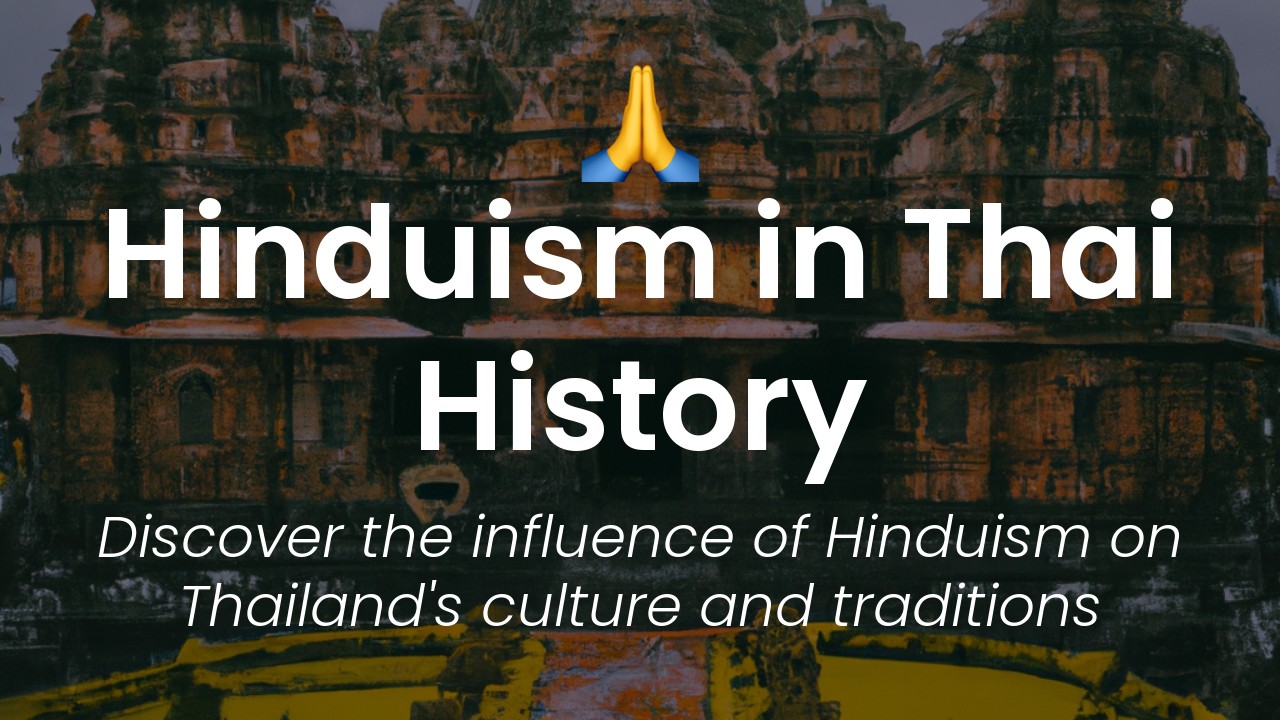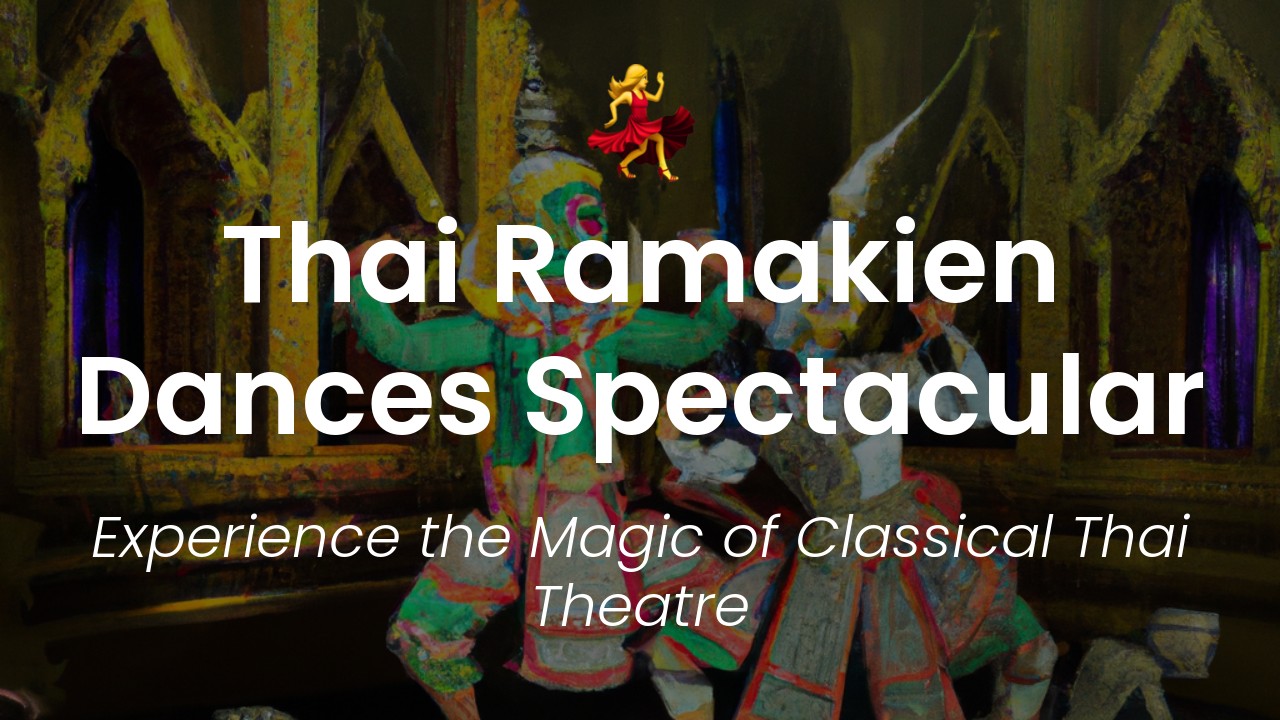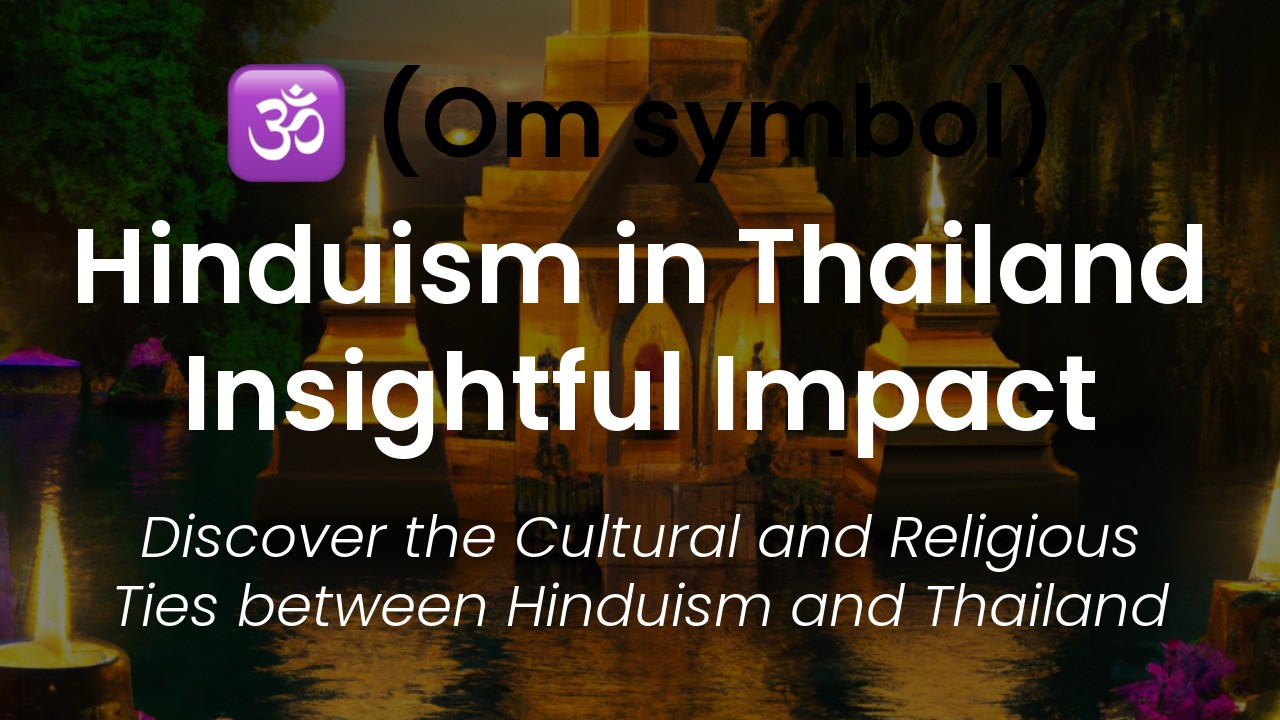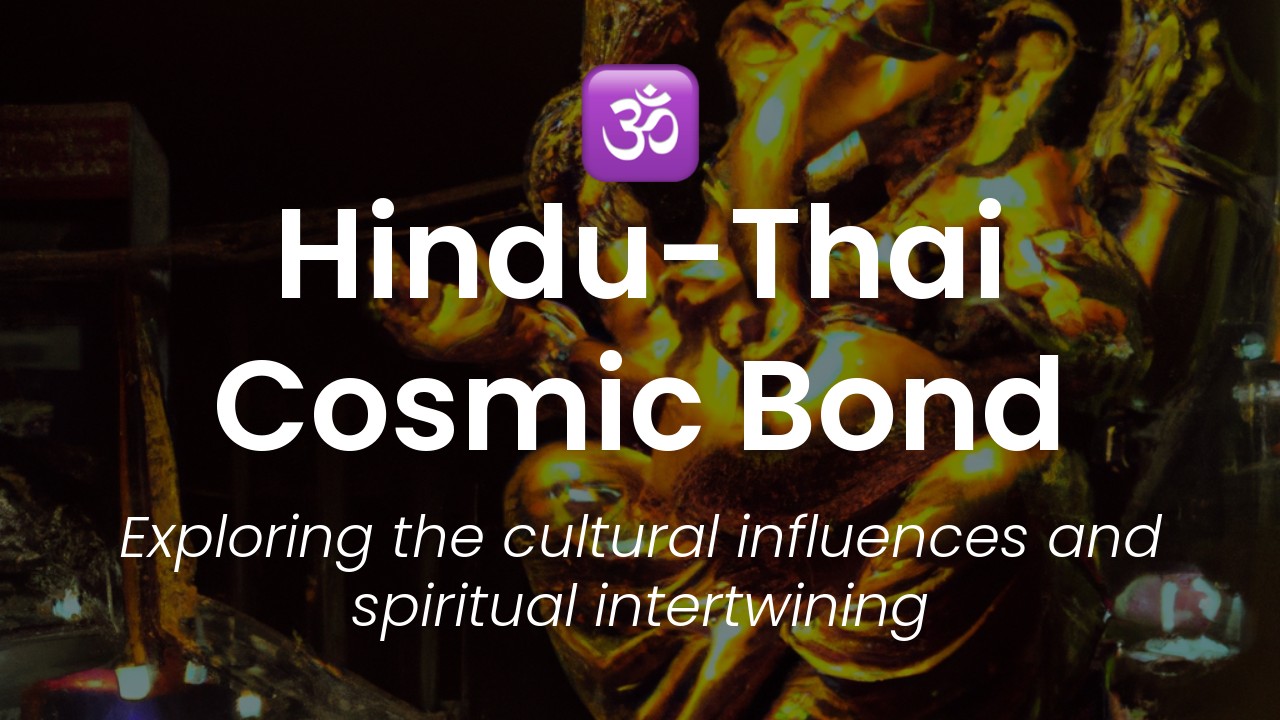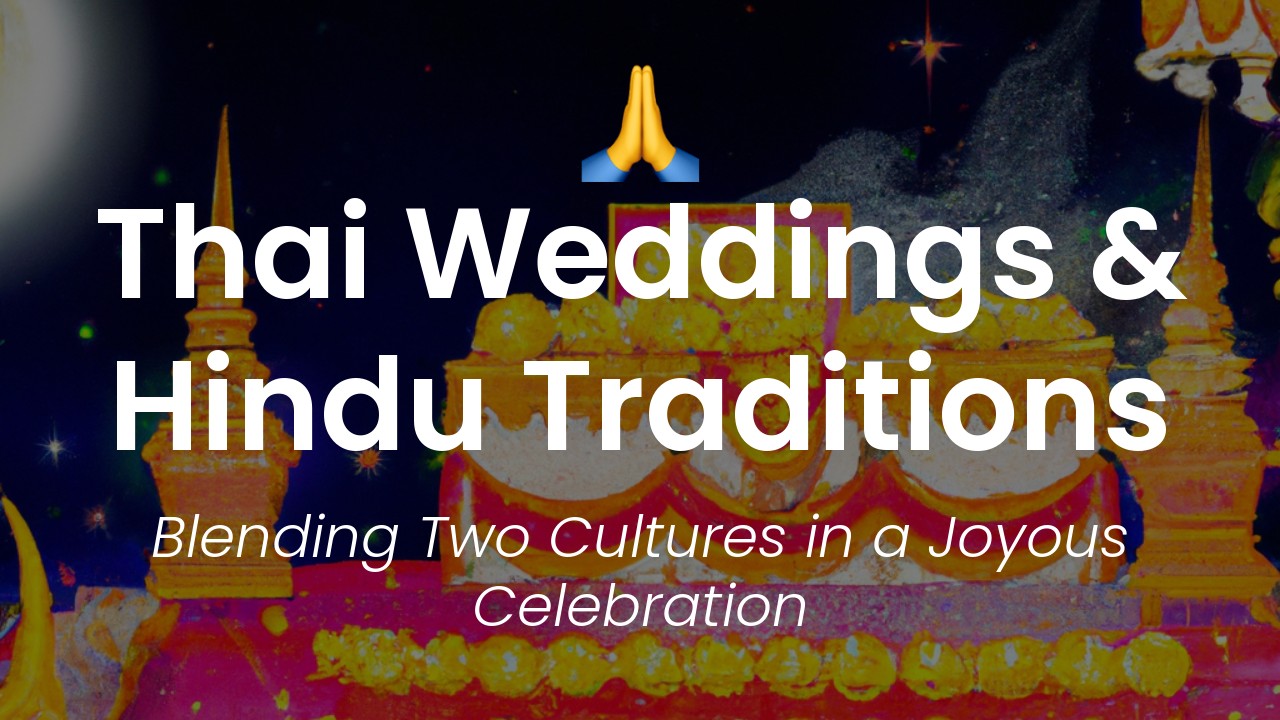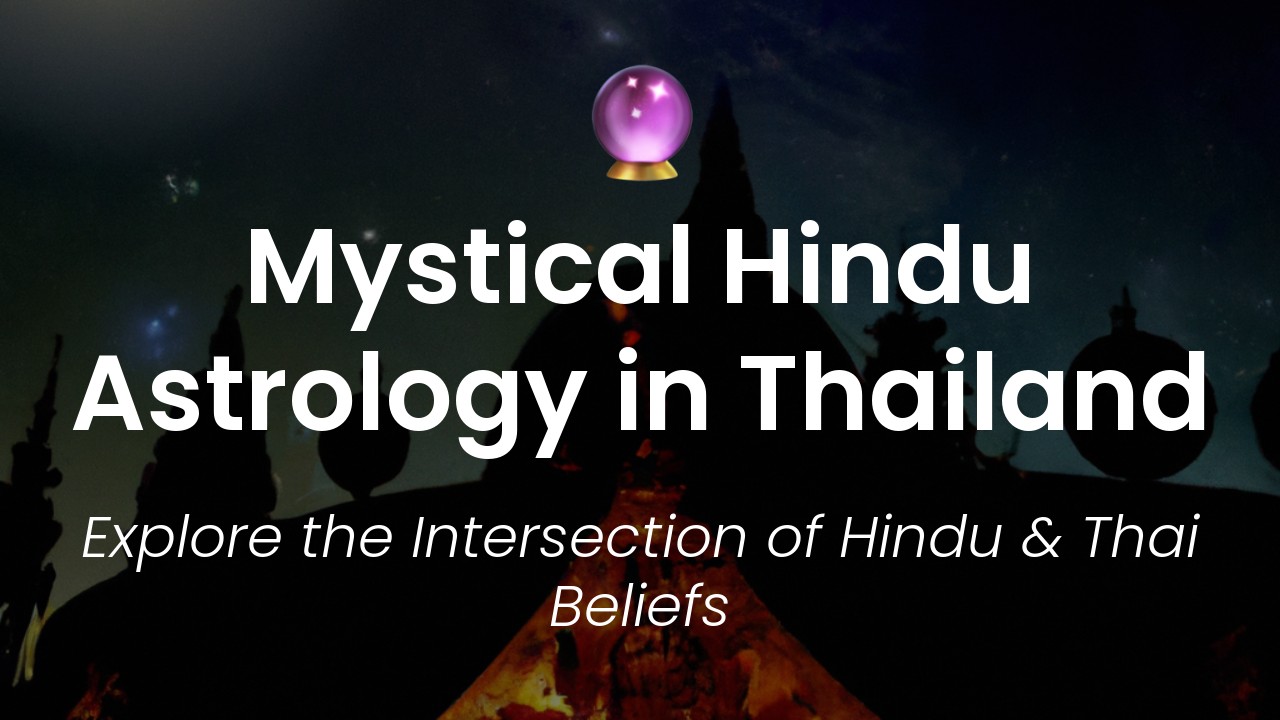As a country that prides itself on its strong spiritual and cultural heritage, Thailand has been shaped by a variety of different religious influences throughout its history. From Buddhism, the dominant faith in the country, to the Chinese folk religion, Islamic traditions, and Christianity, religious beliefs have played a fundamental role in shaping the Thai people's attitudes, customs, and social norms. Among these various influences, however, Hinduism also holds a unique and fascinating place.
Although it is no longer a mainstream religion in Thailand today, Hinduism had a profound influence on the country's history, shaping everything from traditional art and architecture to cultural practices and spiritual beliefs. From the 6th to the 13th century AD, the Khmer Empire, which encompassed large parts of modern-day Cambodia, Laos, Thailand, and Vietnam, was ruled by powerful Hindu kings who established their capital in Angkor, Cambodia. These rulers left behind stunning architectural masterpieces, including the iconic Angkor Wat temple complex, which still stands as a testament to the enduring influence of Hindu culture in Southeast Asia.
In Thailand, Hinduism's influence can be seen in a variety of cultural artifacts, including murals and sculptures that adorn walls and temples, as well as in traditional dance performances that incorporate elements of Hindu mythology. Whether you're a history buff, a spiritual seeker, or simply someone who is passionate about learning about other cultures, exploring the role of Hinduism in Thai history can provide valuable insights into the rich and multifaceted nature of Thai culture and society.
Indian influence in early Thai history
Thailand's history is deeply rooted in Indian culture and religion. Over the centuries, Indian traders, scholars and missionaries have left a profound impact on Thai society, shaping its history, art, literature and religion. As a result, Hinduism played a critical and fascinating role in Thai history, and continues to do so today.
The spread of Hinduism in Thailand dates back to the 6th century, when Indian traders and merchants settled in the coastal areas of the country. These early settlers brought with them not only trade goods but also their culture and religion. Over the next few centuries, Hinduism flourished in Thailand, finding its way into the country's art, literature and architecture.
The iconic Khmer temple in Bangkok
The most prominent and breathtaking example of the Hindu influence in Thailand is the Khmer temple of Wat Arun, located in Bangkok. This temple is not only a major tourist attraction but also a testament to the deep roots of Hinduism in Thai history.
The temple's imposing central stupa, or prang, is modeled after Mount Meru, the sacred mountain in Hindu mythology. The prang is decorated with intricate carvings of Hindu gods and goddesses, including Ganesha, Shiva and Vishnu. These statues are not only beautiful but also hold deep symbolic significance for Hindus in Thailand.
The lasting impact of Hinduism on Thai culture
Even after centuries, Hinduism continues to have a lasting impact on Thai culture. Many Hindu practices and beliefs, such as astrology, numerology and yoga, are still widely practiced in Thailand. Similarly, Thai folk music and dance, such as the traditional Ramakien dance, are heavily influenced by Hindu mythology.
Thai food, too, has been shaped by Hindu influence. Many popular Thai dishes, such as curries and stir-fries, incorporate spices and flavors that were introduced by Indian traders. Even the staple Thai dish, rice, is believed to have originated in India.
Hinduism and Buddhism coexisting in Thai society
It is worth noting that although Hinduism has had a significant impact on Thai culture and religion, it is Buddhism that is the dominant religion in Thailand today. That being said, Hindu and Buddhist practices often coexist in Thai society. For example, the famous Songkran festival, which celebrates the Thai New Year, has both Hindu and Buddhist origins. While the festival is now primarily associated with Buddhism, it still incorporates many Hindu rituals and traditions.
Hindu gods and goddesses in Thai mythology
One of the most fascinating aspects of Hinduism in Thai history is the way it has influenced Thai mythology. Many of the gods and goddesses in the Hindu pantheon are also worshipped in Thai mythology, albeit with different names and attributes. For example, the god Ganesha, the remover of obstacles, is known in Thai mythology as Phra Pikanet or Phra Phikhanet.
Similarly, the god Indra, who is associated with thunder and rain, is known in Thai mythology as Phra In. The goddess Lakshmi, who represents wealth and prosperity, is known in Thai mythology as Mae Phosop.
The modern-day relevance of Hinduism in Thailand
Despite being a minority religion in Thailand today, Hinduism is still an important part of the country's cultural heritage. Many Thai Hindus still practice Hindu rituals and attend Hindu temples, and the Hindu influence on Thai culture can be seen in numerous aspects of Thai society.
Hinduism also continues to fascinate and inspire foreigners who visit Thailand. Tourists are drawn to the country's many Hindu temples and ancient ruins, as well as the colorful festivals and performances that celebrate Thai culture and history.
In conclusion, the role of Hinduism in Thai history is complex and multifaceted. From its early spread by Indian traders to its lasting impact on Thai culture and religion, Hinduism has played a significant role in shaping Thai society. Its influence can be seen in everything from Thai food to traditional music and dance, and it continues to inspire visitors and scholars alike.

